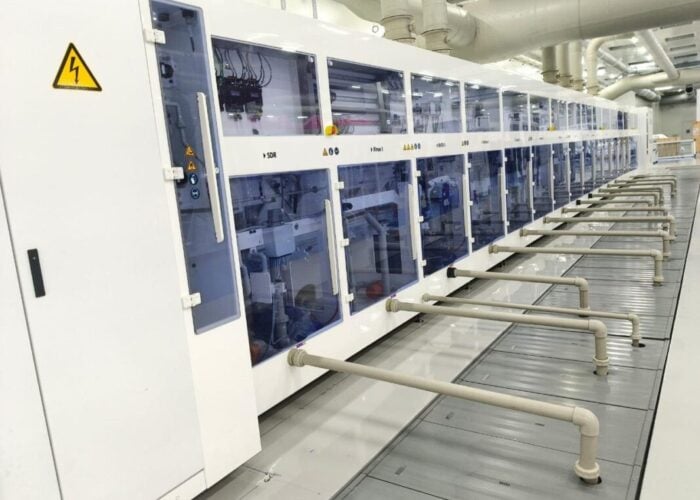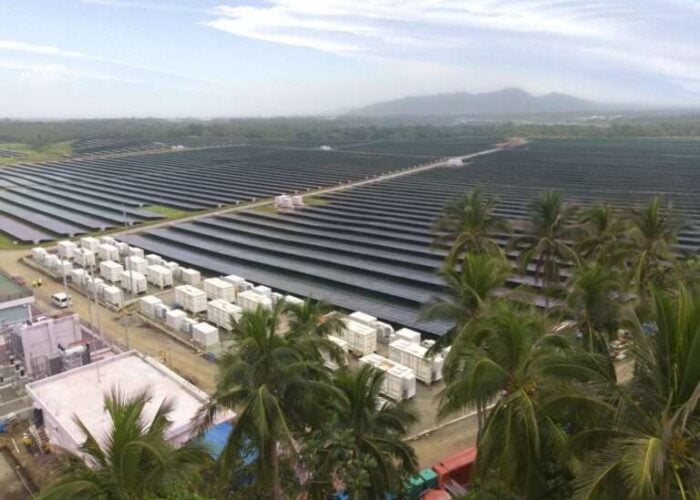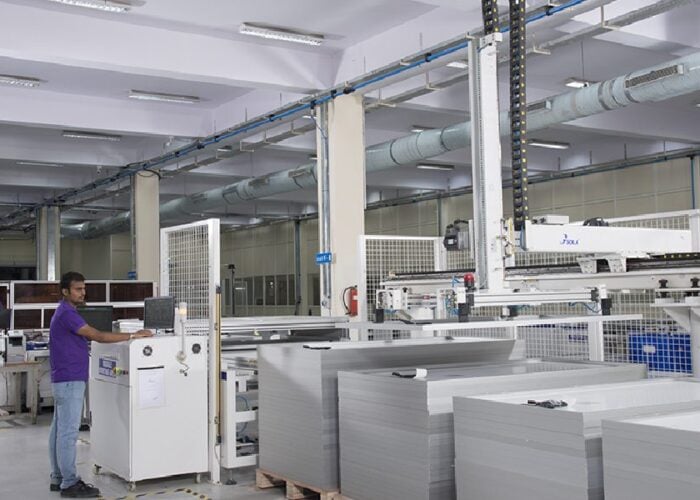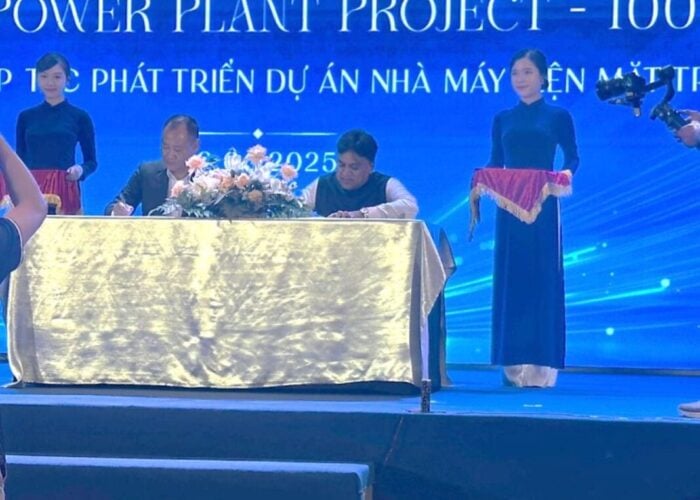India’s Ministry of new and Renewable Energy (MNRE) has issued guidelines on how to conduct testing on solar PV modules in test labs.
This comes as part of the implementation of Solar Photovoltaics Systems, Devices and Component Goods Order 2017, which imposes standards on certain PV equipment across India, and more recently energy storage products.
Unlock unlimited access for 12 whole months of distinctive global analysis
Photovoltaics International is now included.
- Regular insight and analysis of the industry’s biggest developments
- In-depth interviews with the industry’s leading figures
- Unlimited digital access to the PV Tech Power journal catalogue
- Unlimited digital access to the Photovoltaics International journal catalogue
- Access to more than 1,000 technical papers
- Discounts on Solar Media’s portfolio of events, in-person and virtual
The guidelines cover testing crystalline and thin-film, including bifacial technology.
For a quantitative selection of samples, MNRE suggests taking a total of eight modules at random from production batches. Among a range of instructions, MNRE said that modules should contain the bypass diode wherever applicable, but in the case of the modules having a sealed junction box the client should provide one extra module with access to the diode for conducting the bypass diode test.
Modules should be clearly marked with details such as model number and nominal wattage, while module suppliers must also provide details such as maximum system voltage or the module will not be accepted by the testing house.
For module safety qualifications, a total of seven modules should be tested with the module manufacturer supplying its bill of materials and fabrication.
MNRE also outlined a procedure for retesting, in the case of a change in certain factors such as cell technology, a modification to encapsulation system, modification to the substrate, increase in module size, modification to back sheet material and so on.
For fire tests, the necessary number of fire test samples will depend on the size of the PV panel and fire safety class declared by the manufacturer. For this, another three modules are required to be submitted to the test lab.
Different brands are required to be registered separately unless the product and the manufacturing location are the same.







